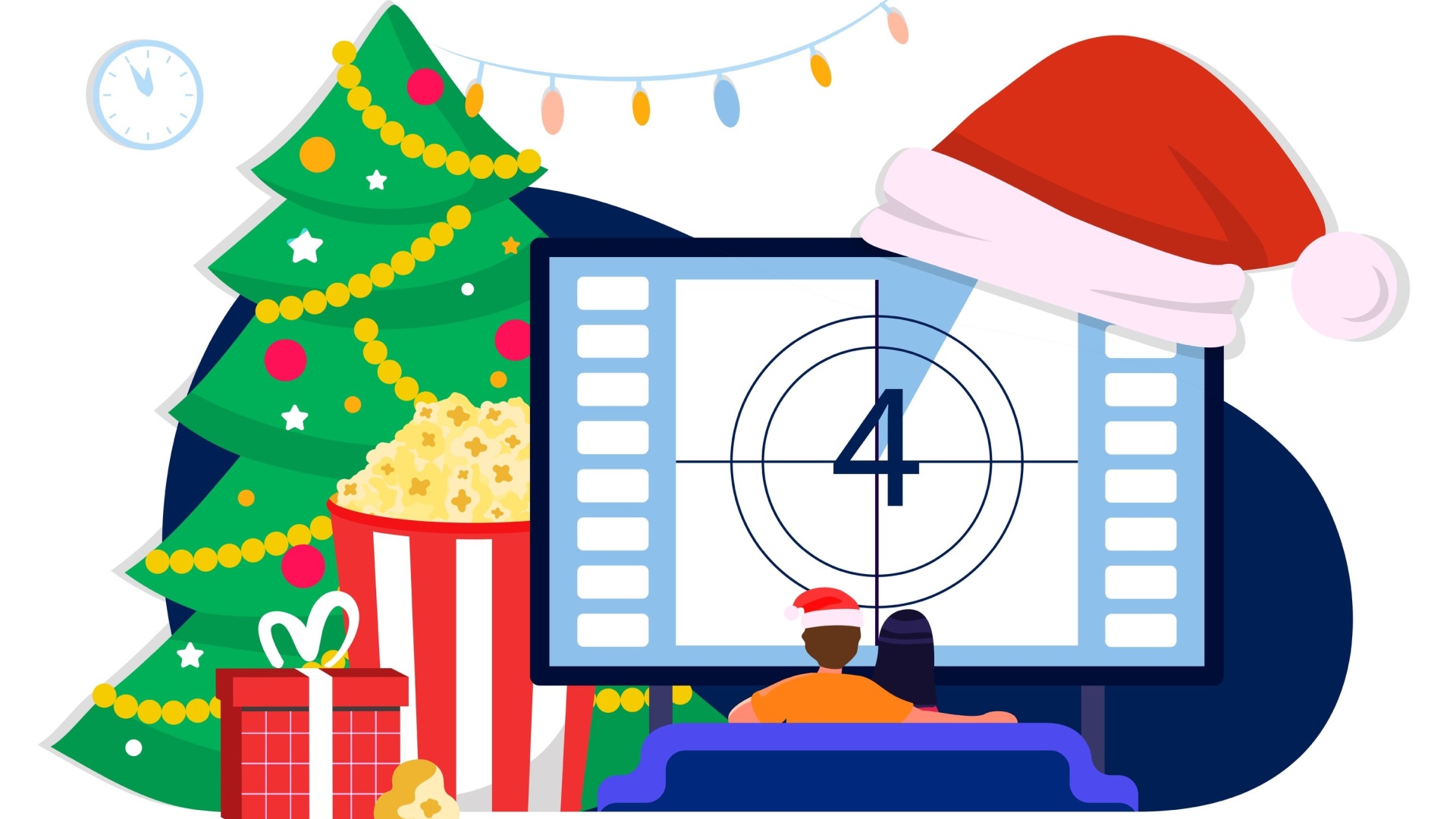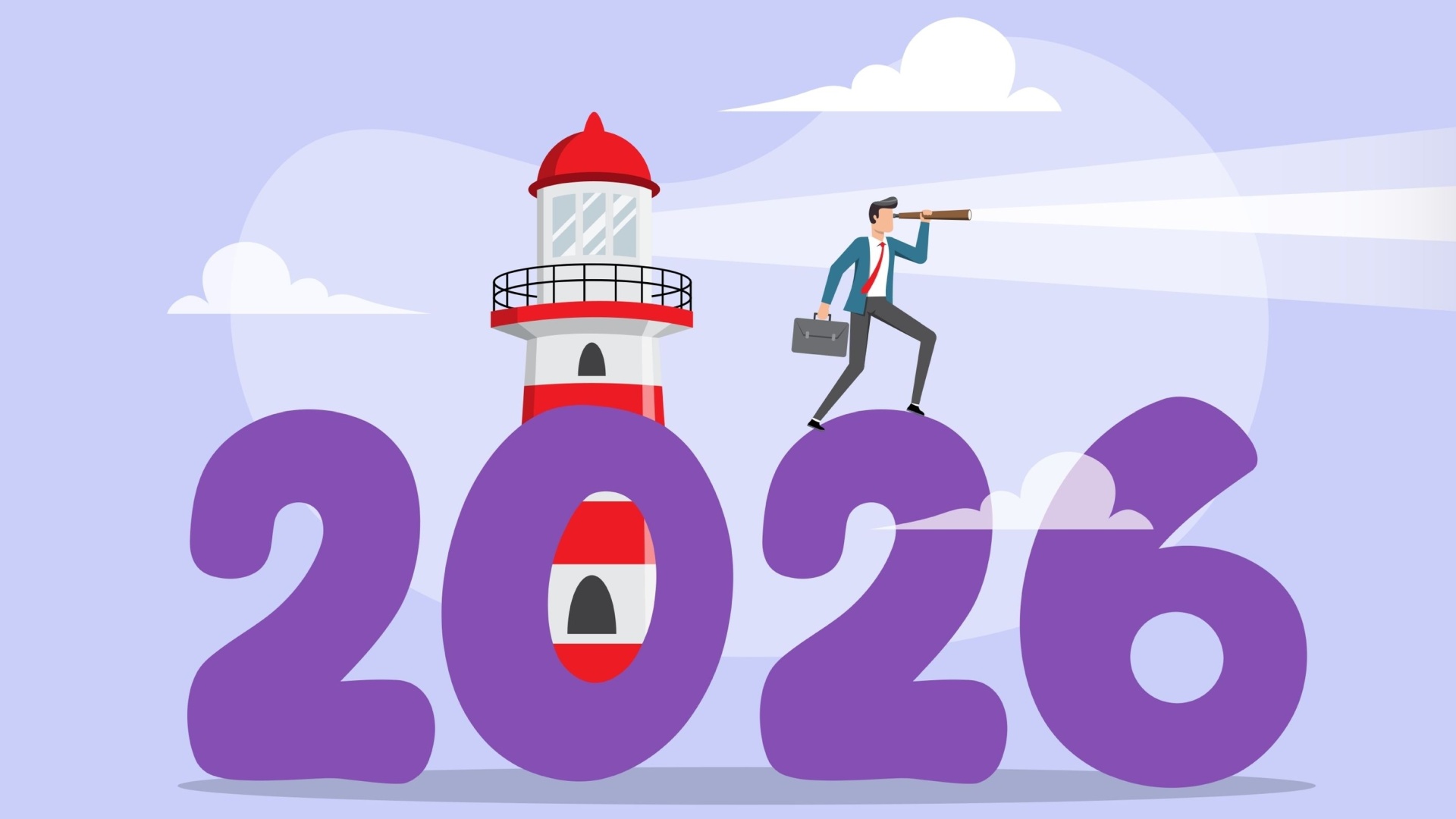A newsjacking guide: how to effectively use news for marketing purposes
Have you ever wondered how a news agenda can help you develop your business?

Experienced professionals can use social, economic, political, and other events as PR promotional weapons. This approach is called "news piracy," or newsjacking. Let us find out how to make your brand more recognizable and popular with the help of news gathering.
What is newsjacking, and when did it first appear?
Newsjacking literally translates as "news theft, " using other people's news stories to create your content. Then, using popular news trends, the company attracts the attention of potential customers to its products or services. It is quite simple, and newsjacking is the hype on info trends. The primary rule is that it must be at the right time and relevant. To achieve this, a content manager, SMM, or PR professional in charge of brand promotion must constantly monitor the news feed and pick the most exciting stories which could play into your hands.
The term "newsjacking" first appeared in the 1970s. Back then, this was the name given to newspapers stolen by thieves for resale to wastepaper collectors. Much later, an American marketer David Mirman Scott thought, why not use a similar "theft" to promote other content? So, he coined the phrase. Since then, newsjacking has been actively integrated into businesses, contributing to its development and promotion, increasing interest in products, and making the brand more visible in the market.
How to apply newsjacking in practical terms

Newsjacking is far more complicated than it first appears. Inappropriate use of these methods can damage your company's reputation and cause even your regular customers to leave. Furthermore, there is always a risk of being misunderstood or looking stupid in the eyes of your audience. To avoid situations like this, a step-by-step guide to newsjacking must be rigorously followed to prevent failure.
Follow the news agenda online
It is best to keep your finger on the pulse: monitor news stories, select the most significant ones for the company, and adapt them to your product. To do this, use reputable and trusted news sources for information.
The news selected for newsjacking must also contain certain features:
-
The news should interest your target audience, customers, and consumers of your products.
-
The chosen news story should at least connect to your company's work and impact your industry or the activities of your competitors.
-
Simultaneously, the news story should resonate and, at the very least, be familiar to most participants in your media communication.
Realizing that a simple repost is not enough for newsjacking is important. The news story must be fully integrated into your brand, demonstrating to the audience how the news story has impacted the company's activities as well as particular products. This is how situational marketing is born: the company's reaction to events happening worldwide through the lens of your brand and its values.
Use newsjacking instantly and on time
As you know, news stories do not last for long. A marketer or newsjacker needs to participate in "news piracy" as soon as possible while audience interest is still at its peak. Therefore, an adaptation of the news should be fast and accurate. Bear in mind that newsjacking is a significant risk. Any mistake can lead to defeat through a drop in coverage, losing customers and a considerable part of their income.
Get as many people as possible to see your news
After a PR professional has chosen a relevant news story, figured out a way to put it into the company's media space, and cleared it with management on time, so now it is time to publish it, which means posting it on all existing platforms and communication channels, such as the company's social media, corporate blog, streaming services, or the media. The more opportunities to publish your content, the better! Therefore, use all the resources available.
Monitor the reaction of your audience
Depending on the number of new subscribers on corporate social media, comments, views, and reactions, you need to assess the effectiveness of your recent PR move. For example, you have mastered the skill of working with newsjacking. If that is the case, your figures and coverage will increase, and potential customers will be interested in your company. However, on the other hand, if the news integration fails, then bad and negative reviews are unavoidable. In this case, the company should publicly apologize and admit its mistake.
Let us look at some examples of where newsjacking is considered successful and where it is considered a failure.
The most striking examples of newsjacking

Depending on how the marketer adapts the news for integration, newsjacking can be emotional or analytical. In the first case, the company expresses its personal opinion about news stories chosen for newsjacking and shares its impressions. Here, you can be humorous or mockingly draw analogies, making the situation seem absurd. But keep in mind: first of all, the target audience must understand your humor, irony, and other methods.
Analytical newsjacking involves your version of the situation, highlighting the negative and positive aspects of the news, drawing a conclusion, and summarising what has happened.
One of the most widespread news stories in recent years was about COVID-19. Think back to how many brands launched new product lines related to coronavirus. The audience warmly received them because the news story concerned all of humanity, regardless of demographics or nationality. This is the case when the relevance and newsworthiness of the stories are everything, and the subsequent material as a result of newsjacking affects everyone.
Viktor, the cat, is a vivid example of newsjacking in the vast area of Russian business. The news that the "Aeroflot" airline would not let a cat into the cabin because it had a few extra pounds immediately spread and went viral on the internet. Since the passenger did not want to hand over his beloved pet to the luggage compartment, the owner replaced him with another thinner cat at the weigh-in. Finally, however, the man's deception was uncovered, and the airline took away his bonus air miles.
Marketers of the "Citymobil" online taxi service successfully reacted to this news story. The news quickly appeared on the company's websites that their employees would transport animals of any weight and how they loved cats despite their physique. This is a notable example of true newsjacking: a well-chosen news story and timely news integration onto the company's website and publications. As a result, they receive a massive amount of positive feedback. At the same time, "Aeroflot" was condemned for insensitivity and cynicism.
A comparable situation occurred in the "Gazelkin cargo transportation company." One of their customers complained that their price was too high and accused the drivers of stealing their sofa. Meanwhile, a rival company, "Gruzovichkof," bought the woman a new sofa, delivered it for free, and gained many new customers!
Culture and entertainment news may also be beneficial. For example, when the video for the song "Exhibit" began to gain tens of thousands of views, the organizers of the "Van Gogh" exhibition in Moscow quickly acted and organized a promotion: women wearing heels over 10 cm got free entry, and Sergey and his friends received a 50% discount. Naturally, therefore, attendance at the exhibition increased significantly.
The company "Nabisco," which produces "Oreo" biscuits, also used the news to its advantage. First, their leading marketer chose a sporting event as an informative news occasion concerning a power outage at a stadium during the Super Bowl. Then, in a post on their official Twitter page, the company casually reminded people that the dark does not stop you from eating a couple of "Oreo" biscuits. A humorous content style is the fastest way to go viral online, making any brand more recognizable.
However, there are many negative examples of news piracy. For instance, on the anniversary of the terrorist attacks in New York, one of the American television companies made a social media post with the caption, "We will never forget." However, the picture accompanying the post was poorly chosen: an image of a phone that took pictures of the twin towers. Consequently, this publication caused resentment and irritation. Subsequently, the post was urgently deleted, and the company publicly apologized.
Another newsjacking failure was after the distribution of discount coupons that the "American Apparel" clothing brand offered you to use in case "you were bored during the hurricane." This action was launched immediately after a mighty hurricane named "Sandy," where at least fifty people died. However, despite the criticism and negative reviews, the company did not apologize to its customers or relatives of the victims.
Therefore, a news story plays a leading role in any newsjacking strategy. It also depends on the selected news whether the marketer will be able to adapt it courteously and correctly enough so as not to alienate their audience. Although if the risks are so high, is newsjacking even worth it?
Lectera’s Online Courses by topic
To be or not to be a news pirate? That is the question.
Despite the risks, newsjacking has far more pros than cons. Still, in deciding to become a "news pirate," you will undoubtedly achieve the following results:
-
Increase your coverage.
-
Expanding brand awareness.
-
Boost the involvement of potential customers and the number of subscribers.
-
Stay connected with regular customers.
-
Reduce content production costs, as newsjacking requires minimal financial outlay.
-
Increase orders and profits without additional costs.
Newsjacking is one of the principal tools of content marketing. It helps you manage even the most extraordinary situations, satisfying the urgent need for updated content, activating old audiences, and attracting new ones. Using newsjacking techniques, you will be free of the absence of original ideas. However, do not forget that newsjacking should be used with caution. Carefully filter incoming news, adapt it to the brand, and quickly gather audience feedback.
Share this with your friends via:
Latest News

A significant stage in the development of the alternative education system has begun in West Northamptonshire in the UK: the County Council is actively calling on parents, guardians, and trustees to participate in shaping the future of this key area.

Outwoods Primary School in Atherstone, Warwickshire, having experienced deep sadness after the loss of their famous cat, Silla, has found solace in a new pet – a Maine Coon named Aloysius O’Hara.

In modern universities, artificial intelligence, and in particular ChatGPT, is rapidly transforming from a controversial tool into a full-fledged student assistant.

An innovative educational project is gaining momentum in UK primary schools, aiming to change attitudes towards video games.

The Massachusetts Institute of Technology (MIT) presents MIT Learn – a revolutionary online platform that opens a “new front door” to access university knowledge and resources.












 Life After the Holidays: How to Beat the Post-New Year Blues
Life After the Holidays: How to Beat the Post-New Year Blues
 Which Christmas Movie Character Are You?
Which Christmas Movie Character Are You?
 Your New Year’s Forecast: What Awaits You in the New Year?
Your New Year’s Forecast: What Awaits You in the New Year?
 Test. What Career Goal Should You Set for Next Year?
Test. What Career Goal Should You Set for Next Year?
 Test. Which New Year Archetype Are You?
Test. Which New Year Archetype Are You?
 Test. How Should You Spend the Winter Holidays?
Test. How Should You Spend the Winter Holidays?
